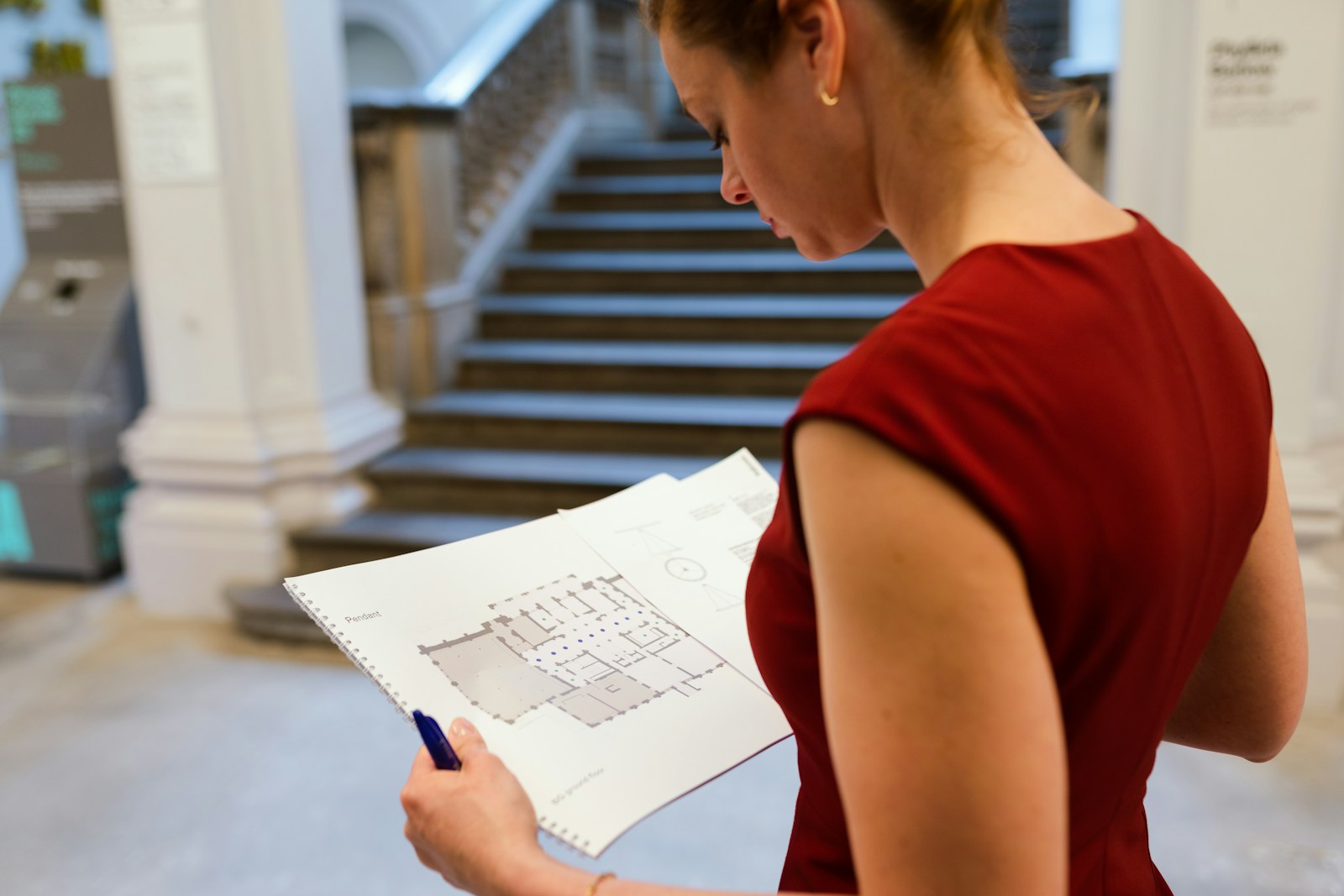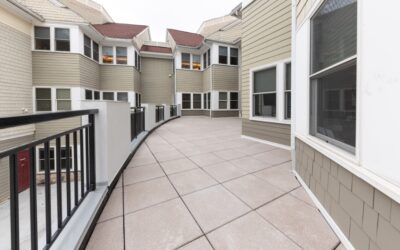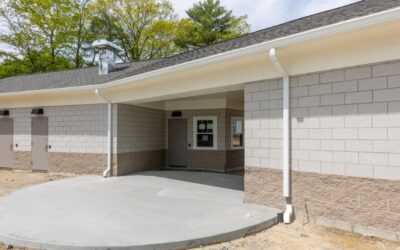Design engineering is one of the most fascinating fields at the intersection of creativity and technical expertise. A design engineer often does not fit neatly into traditional job categories, as their versatile and sometimes unconventional roles within teams set them apart. Whether you’re curious about what a design engineer does, weighing the pros and cons of this career path, or wondering how it ties into the world of construction with design-build services, this guide will provide the detailed insights you need.
With the demand for skilled design engineers rising in fields like manufacturing, software, and machine design, now is the perfect time to explore this dynamic and rewarding profession. Along the way, we’ll also introduce South Coast Improvement Company’s innovative design-build services and how they offer seamless solutions for complex construction projects.
What Does a Design Engineer Do?
A design engineer is responsible for conceptualizing, creating, and refining products, systems, or components. Their work often starts with an idea and continues through to prototypes, testing, and final production. Here are the core aspects of their role:
- Problem Solvers: Design engineers use analytical thinking and problem-solving skills to develop innovative solutions to meet technical demands and consumer needs.
- Masters of Tools and Technology: They rely on tools like computer-aided design (CAD) software and computer-aided engineering (CAE) tools, as well as other computer software programs for modeling and simulation, to create models, simulate functionality, and assess feasibility.
- Collaborators: Design engineers often work closely with other engineers, product designers, manufacturers, and technicians to ensure their projects come to life successfully.
A design engineer works throughout the product development lifecycle, performing tasks such as designing, testing, analyzing, collaborating, and managing design changes within projects.
- Detail-Oriented Thinkers: Tasks like supervising technicians, writing reports, converting ideas into prototypes, and ensuring materials perform to standards are all part of their job.
Whether they are working in mechanical engineering, software engineering, or manufacturing processes, design engineers are central to the design and engineering life cycle of products. Design engineers may also be responsible for writing production-ready UI code or collaborating with designers who code, ensuring seamless integration between design and development workflows.
For example, a design engineer might develop a new product feature using advanced computer software, optimize a manufacturing process, or create and test a prototype to improve product quality.
Is Design Engineering a Good Career?
The demand for design engineers is growing as industries like technology, manufacturing, and healthcare continue to evolve. But is it a good career choice for you? Here’s a closer look at the pros and cons:
Pros of Being a Design Engineer
- Job Satisfaction: Design engineers often enjoy seeing their ideas come to life, whether it’s a new car component or an innovative software solution.
- Opportunities for Growth: With fields like product design, systems engineering, and software engineering on the rise, there are numerous paths to specialize in and advance your career.
- High Demand: Many industries rely on design engineers to develop products and systems, offering stable job prospects.
Challenges of Being a Design Engineer
- Complex Problem-Solving: The job requires strong analytical skills and the ability to find solutions under pressure.
- Keeping Up with Technology: Design engineers must continuously learn and adapt to stay up-to-date with evolving tools and software.
Ultimately, the satisfaction comes from the blend of technical creativity and the impact of their work on the real world.
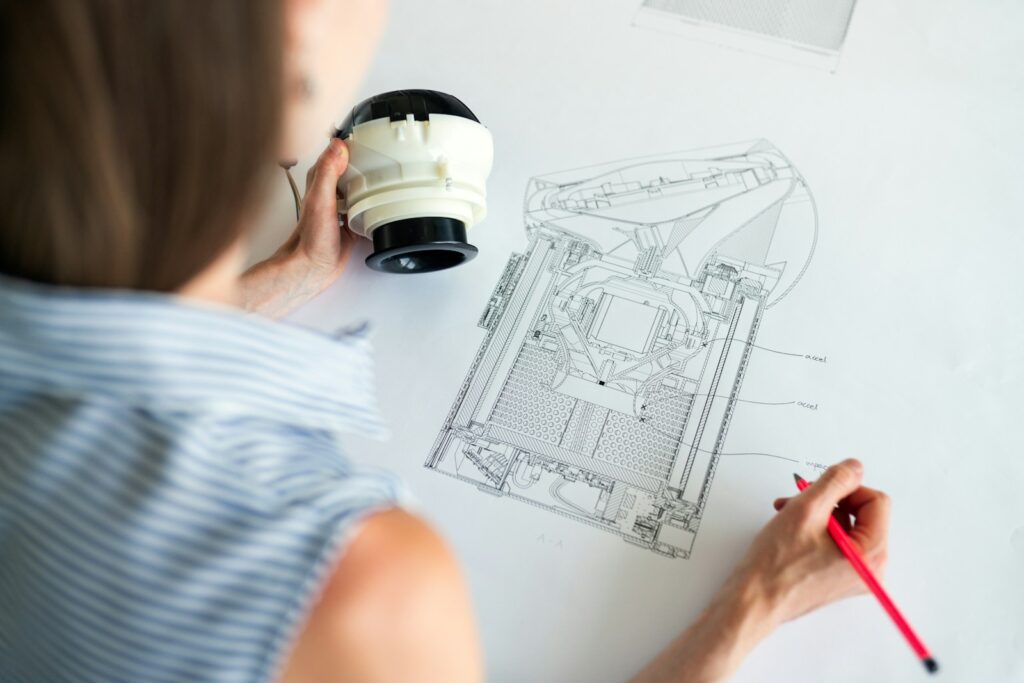
Photo by ThisisEngineering on Unsplash
Demystifying the Designer Engineer Concept
If you’ve heard the term “designer engineer” and wondered how it differs from “design engineer,” you’re not alone. The terms often overlap but highlight two critical aspects of the role:
- Creativity and Visual Appeal: While design engineers focus on functionality, the designer engineer emphasizes how the product will look, ensuring it aligns with user-centric designs and market demands.
- Technical Expertise: Beyond creativity, they integrate in-depth technical knowledge to solve problems, develop solutions, and guarantee the product’s reliability and performance.
- Collaborators: Design engineers often work closely with product designers, whose responsibilities may overlap in areas such as user experience and visual design, but differ in their focus on technical implementation versus broader product vision.
The combination of technical skills and creativity allows design engineers to play a dual role in innovation and execution, a blend that adds immense value to any design process.
A well-documented design system can further streamline collaboration between design engineers and product designers, ensuring consistency and scalability in product development.
Do Design Engineers Make a Lot of Money?
The salary of design engineers can vary depending on several factors, including industry, experience, education, and location. Generally, design engineering is a well-paid profession that offers competitive wages. Here are some key insights into earning potential:
- Entry-Level Salaries: New graduates with a bachelor’s degree in engineering or a degree in product design engineering technology can expect competitive starting salaries, typically ranging from $60,000 to $80,000 annually.
- Mid-Career Salaries: With experience and a track record of completed hands-on projects, mid-level engineers can earn between $80,000 and $100,000.
- Senior-Level Salaries: Senior design engineers specializing in industries like machine design, manufacturing engineering, or software engineering can earn upwards of $120,000, depending on their expertise.
Here are some examples of career paths and industries for design engineers: product design engineers in consumer electronics may earn between $70,000 and $110,000, while those in automotive or aerospace engineering can see salaries ranging from $80,000 to $130,000.
Factors like obtaining a master’s degree, the industry you work in (e.g., automotive vs. technology), and your location can all significantly impact earning potential.
Skills and Education Needed for Design Engineers
To succeed as a design engineer, you’ll need a mix of technical skills, soft skills, research abilities, writing skills, and educational qualifications:
Technical Skills:
- Proficiency in CAD software
- Understanding of manufacturing processes
- Knowledge of materials science
- Research: Ability to conduct research to validate design modifications, stay updated with technological advancements, and contribute to innovation and continuous improvement
Soft Skills:
- Problem-solving
- Teamwork
- Communication
- Writing skills: Effective report writing to clearly communicate design concepts and findings to colleagues and stakeholders
Technical Skills
- Computer-Aided Design (CAD): Proficiency in software like AutoCAD, SolidWorks, or CATIA is essential.
- Analytical Thinking: The ability to analyze and develop solutions for complex problems.
- Prototyping and Testing: Knowledge of building prototypes and testing components for durability and functionality.
Soft Skills
- Communication Skills: Explaining technical concepts and presenting ideas clearly.
- Creativity: Developing innovative solutions and products.
- Team Collaboration: Working alongside other engineers, designers, and stakeholders.
Education
- Bachelor’s Degree: A bachelor’s in engineering, such as mechanical engineering, software engineering, or industrial design, is a must for most roles.
- Master’s Degree (Optional): Specialization in areas like product design or manufacturing processes can boost career prospects.
- Hands-On Projects and Internships: Practical experience through internships or personal projects is highly valued by employers.
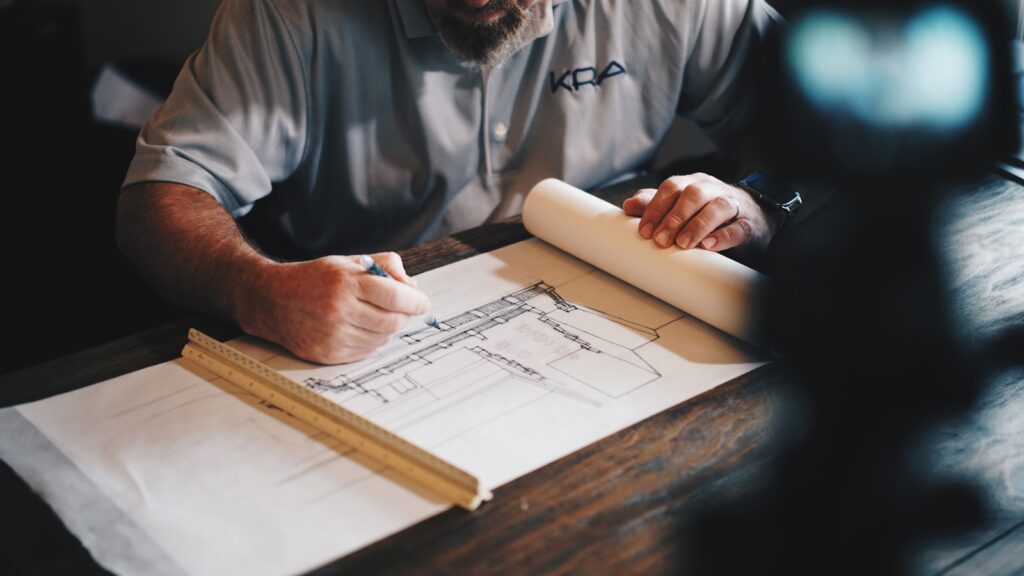
Photo by Daniel McCullough on Unsplash
Work Environment and Collaboration
Design engineers tend to thrive in a collaborative and fast-paced work environment, where teamwork and open communication are essential. Most design engineers work as part of cross-functional teams that include other engineers, designers, and technicians, all contributing their unique expertise to bring innovative product designs to life. The design engineer’s work environment is dynamic, often requiring quick thinking, adaptability, and a strong focus on creativity and problem-solving.
A typical day for a design engineer involves using advanced computer-aided engineering (CAE) tools and computer-aided design (CAD) software to develop, refine, and test new design concepts. These tools allow engineers to visualize technical aspects, simulate real-world performance, and make data-driven decisions before moving to the prototyping stage. Collaboration with manufacturing engineers is also crucial, ensuring that product designs are not only innovative but also manufacturable and cost-effective for production.
Effective communication skills are a must, as design engineers must clearly explain complex design concepts and technical details to both technical and non-technical stakeholders. This often includes presenting ideas to management, working with suppliers to source components, and coordinating with contractors or external partners. In some organizations, design engineers may also supervise technicians or support staff, taking on responsibilities such as developing project plans, managing schedules, and overseeing budgets.
Ultimately, the design engineer work environment is one where creativity meets technical rigor, and where strong teamwork and communication drive the successful development of new products and systems.
Industry Applications and Trends
Design engineers work across a vast array of industries, each offering unique challenges and opportunities for innovation. From aerospace and automotive to consumer products and medical devices, design engineering plays a pivotal role in shaping the products and systems that define modern life. The versatility of design engineers allows them to adapt their skills to different sectors, whether they are developing high-performance aircraft components, designing user-friendly consumer electronics, or creating life-saving medical devices.
The field of design engineering is constantly evolving, with new technologies and trends reshaping how products are developed and brought to market. Artificial intelligence (AI) and machine learning (ML) are increasingly being used to optimize product design, automate repetitive tasks, and enhance the overall development process. Sustainable and environmentally-friendly materials, along with greener manufacturing processes, are becoming a priority as companies strive to reduce their environmental footprint.
Virtual and augmented reality (VR/AR) technologies are also making waves, enabling design engineers to create immersive, interactive experiences that help visualize and refine product designs before physical prototypes are built. The rise of the Internet of Things (IoT) is another major trend, as more products are designed to be connected, smart, and integrated with larger systems.
To stay competitive, design engineers must keep pace with these industry trends, continually updating their skills and embracing new tools and methodologies. This commitment to lifelong learning ensures they can continue to create innovative solutions that meet the evolving needs of industries and consumers alike.
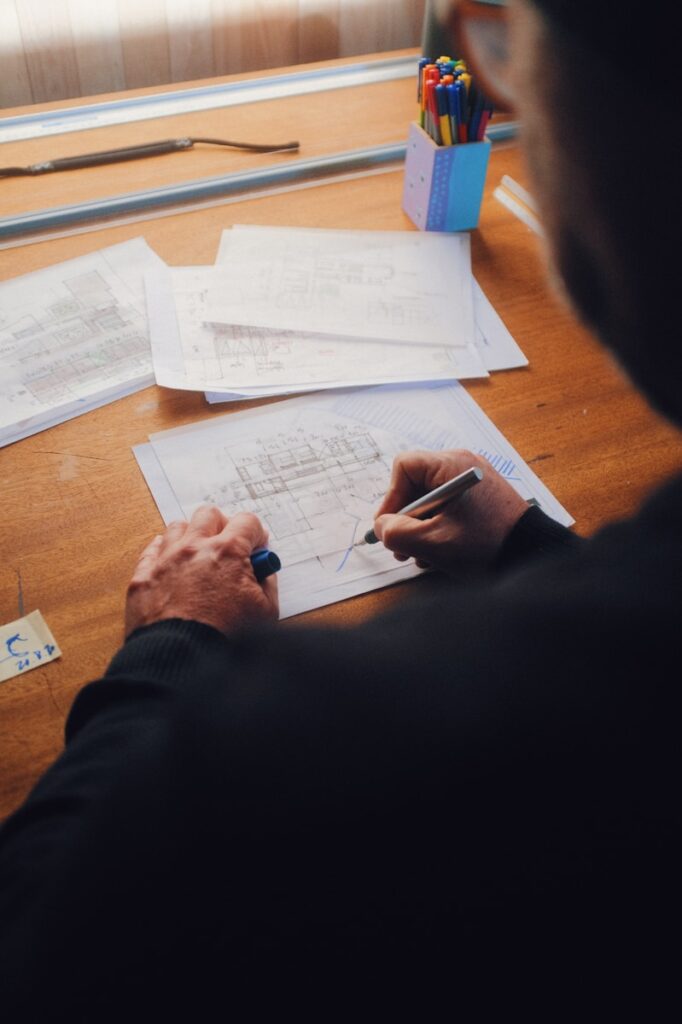
Photo by Ryan Ancill on Unsplash
Future Outlook and Opportunities
The future for design engineers is bright, with the Bureau of Labor Statistics projecting steady growth in employment opportunities across a range of industries. As technology continues to advance and new sectors emerge, the demand for skilled design engineers is expected to rise, making it an excellent career choice for those with a passion for innovation and problem-solving.
Employers are increasingly seeking design engineers with a strong foundation in technical skills, such as proficiency in CAD software, programming languages like Python and C++, and experience with data analysis and visualization tools. Those who can combine these technical abilities with creativity, business acumen, and strong communication skills will be especially well-positioned for success.
Design engineers have the chance to work on groundbreaking projects, from developing sustainable energy systems and advanced medical devices to designing the next generation of consumer products. The growing trend toward remote work and the gig economy also means that many design engineers now enjoy greater flexibility, with opportunities to work as freelancers, consultants, or as part of distributed engineering teams.
Overall, design engineering offers a wealth of opportunities for individuals who are eager to develop innovative solutions, embrace new technologies, and make a tangible impact on the world. Whether you’re just starting your career or looking to take your skills to the next level, the future of design engineering is full of promise and potential.
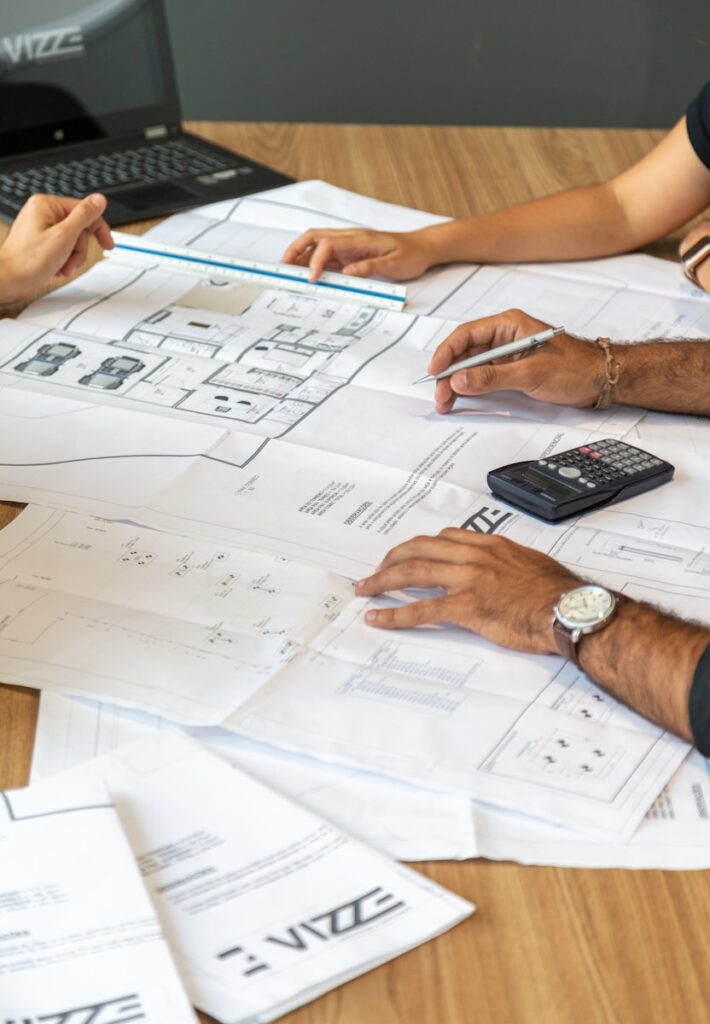
Photo by Pedro Miranda on Unsplash
South Coast Improvement Company and Design-Build Services
At South Coast Improvement Company (SCI), we bring a unique offering to the construction industry with our design-build services. Here’s how we stand out:
- Single-Source Accountability: Our design-build service eliminates the conflict between architects and builders by serving as a single point of contact. We seamlessly manage the full design process and construction execution.
- Streamlined Efficiency: By integrating design and construction, we accelerate project schedules and reduce unforeseen costs, ensuring your project stays on time and on budget.
- Client-Centric Approach: We prioritize our clients’ visions, translating ideas into reality while fostering teamwork and communication.
With decades of experience and a 90% year-to-year repeat business rate, SCI is a trusted leader in the design-build sector.
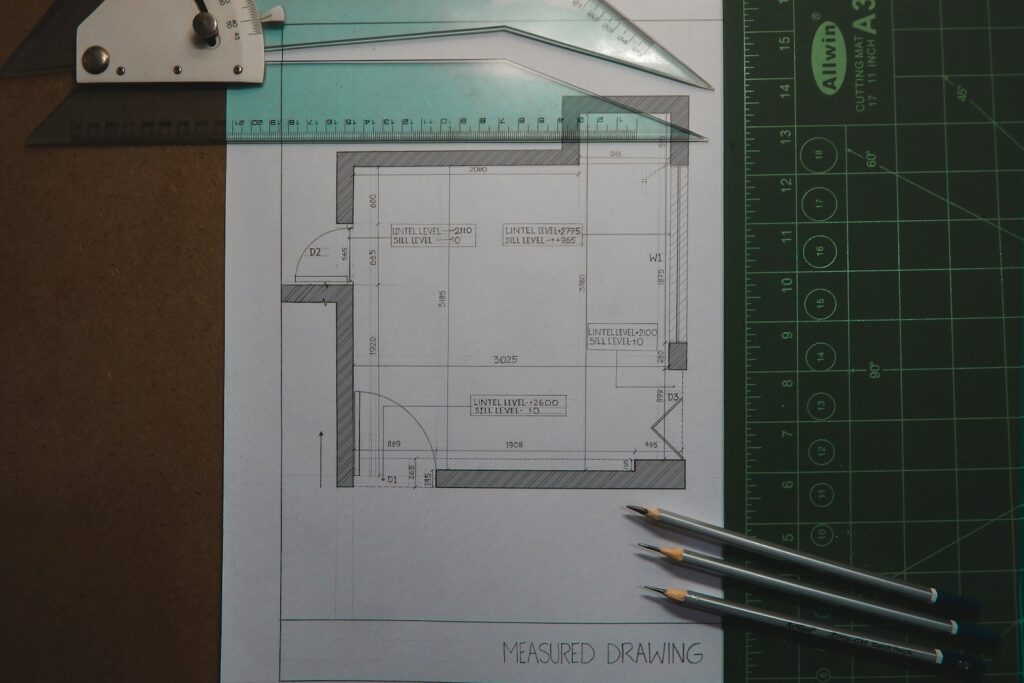
Photo by SOHAM BANERJEE on Unsplash
Why Design Engineering is Worth Exploring
The design engineer work environment is more than a career with reasoning skills; it’s a way to turn ideas into impactful realities. From creating innovative products to problem-solving on a global scale, it’s a field that combines creativity, technical skills, and rewarding career growth.
Whether you’re considering a career in design engineering or looking for a company to manage your construction project, design and engineering hold immense value. At South Coast Improvement Company, we’re committed to transforming visions into completed realities through our design-build services.
If you’re looking for a seamless, efficient way to bring your construction projects to life, explore our design-build services today.
Ways to Learn More About the Importance of a Design Engineer in Construction
Design engineers are the brains behind the blueprint, translating concepts into safe, efficient, and buildable structures. They ensure that every detail, from structural integrity to mechanical systems, aligns with regulations and project goals. Here are credible resources to help you understand their role and value in the construction process:
- What Do Design Engineers Do? – Indeed Career Guide: A breakdown of responsibilities, skills, and impact on construction and product development.
- Role of a Design Engineer in Construction Projects – ScienceDirect: Explore peer-reviewed content on how design engineers contribute to planning and innovation.
- Design Engineers in Construction – The Constructor: A practical overview of job duties, coordination, and collaboration with other professionals.
- The Engineer’s Role in the Design and Construction Process – Whole Building Design Guide (WBDG): Details on how engineers influence sustainability, safety, and compliance.
- Engineering Your Future: The Design Engineer’s Impact – ASME: Focuses on innovation, problem-solving, and how engineers drive project success.
- Why Design Engineers Are Critical to Construction – Autodesk Construction Cloud: Insights into how technology is evolving the role of design engineers.
- Structural Design Engineers and Their Role in Construction – Civil Engineering Portal: A closer look at structural aspects and engineering responsibilities.
- Design Engineers: Bridging the Gap Between Vision and Reality – Zippia: Career stats and project-level impact that design engineers have across industries.
- Mechanical and Electrical Design Engineers in Building Construction – ResearchGate: Scholarly insight into how MEP design engineers shape functional building systems.
- Design Engineers & the Future of Sustainable Construction – ArchDaily: Explore how design engineers are integral to green building and innovation.
View Our Work
The Overlook – Masonic Health System
"We’re honored to have partnered with The Overlook on this transformative initiative. Our team brought specialized expertise in working within occupied senior living communities, delivering a seamless renovation that aligns with The Overlook’s exceptional standards of...
Hamilton Wenham
Their team was collaborative, responsive, and committed to our shared vision for this space, -Eric Tracy Superintendent, Hamilton-Wenham Regional School District We partnered with the Hamilton-Wenham Regional School District to deliver a brand-new athletic building...

